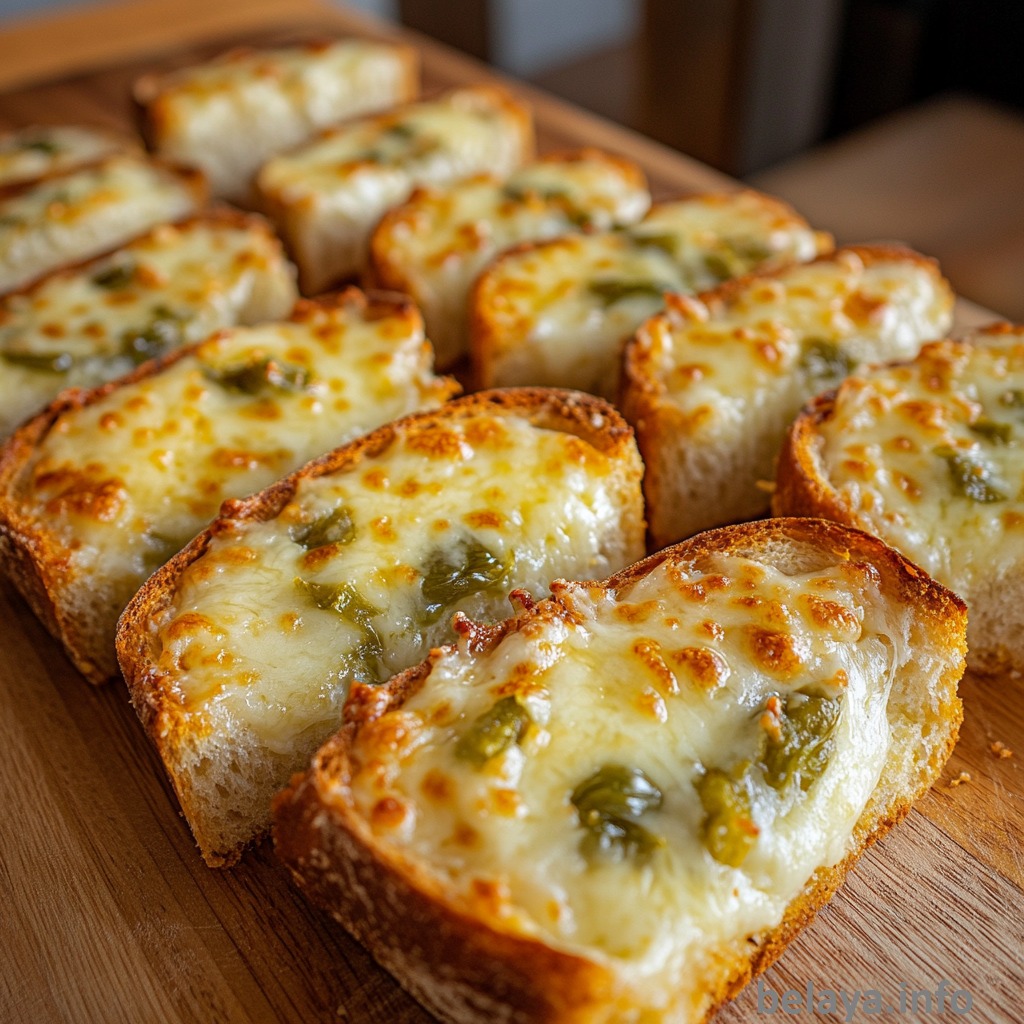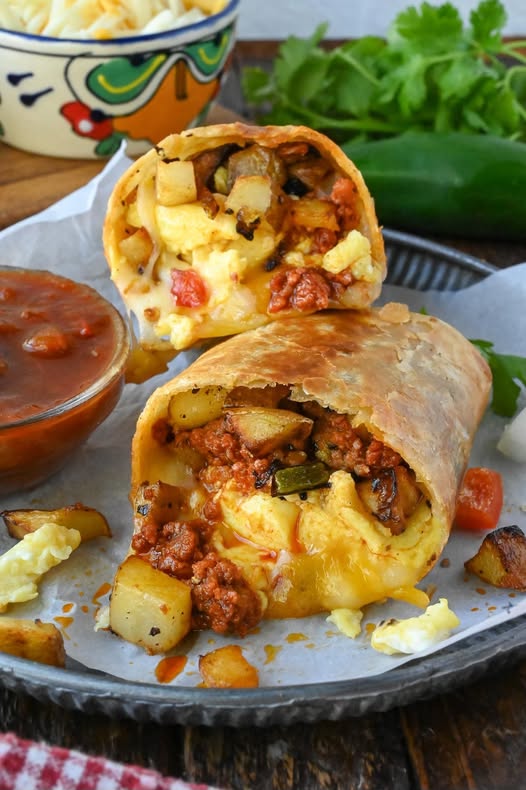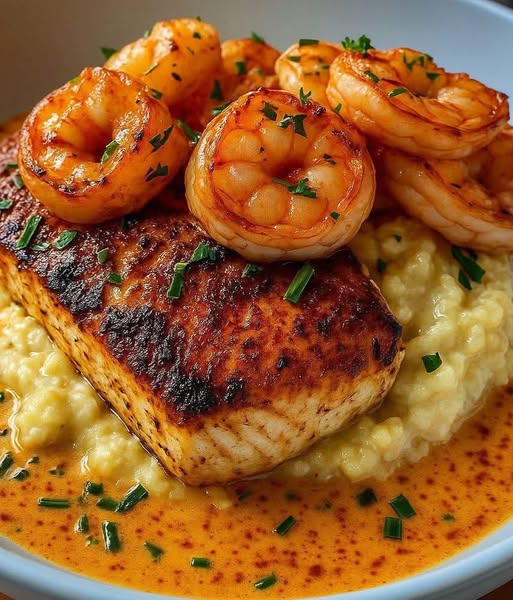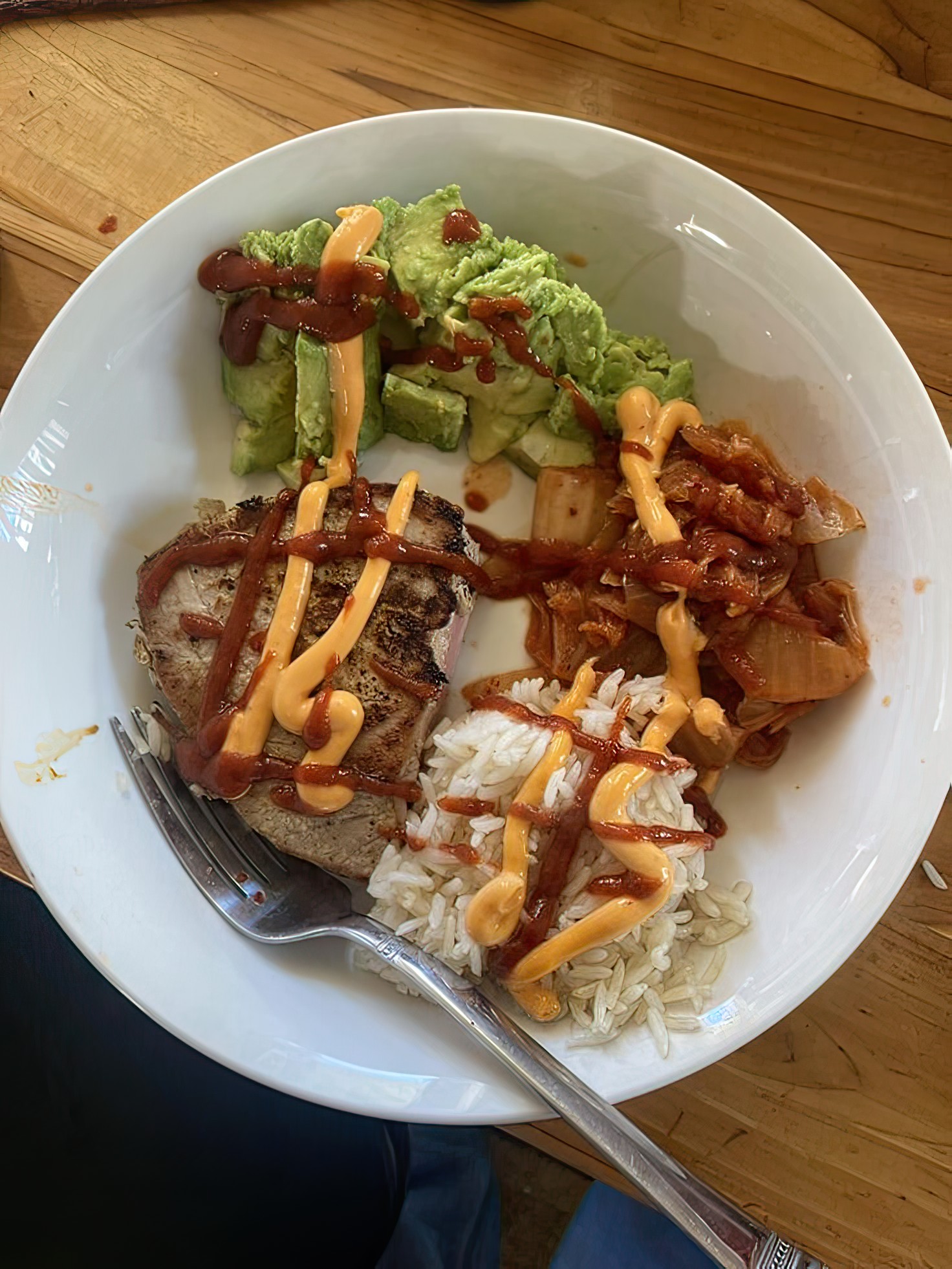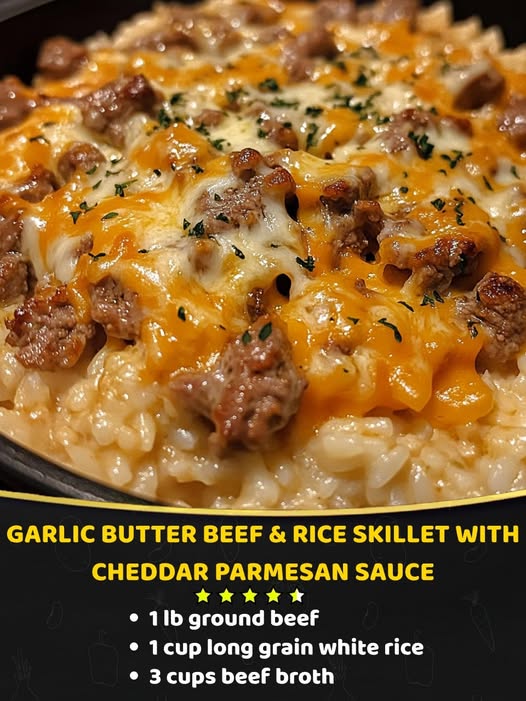Picture this: a sizzling pan, the aroma of seasoned flour wafting through the air, and the golden, crispy exterior of perfectly fried chicken. Country Fried Chicken is more than just a dish; it’s a nostalgic journey back to the comforting embrace of Southern hospitality. This recipe is a testament to the art of transforming humble ingredients into a feast fit for any occasion. It’s a celebration of texture and flavor, where each bite promises a satisfying crunch followed by tender, juicy chicken.
The Roots of Country Fried Chicken
A Southern Staple
Country Fried Chicken, often known simply as “fried chicken” in the South, is as integral to Southern cuisine as sweet tea or cornbread. Its origins are deeply rooted in the rural kitchens of Southern America, where it was a Sunday staple and a centerpiece for family gatherings. The dish is believed to have been influenced by the Scottish tradition of frying chicken in fat, combined with West African seasoning techniques brought over by enslaved people. This fusion of cultures created a dish that embodies the rich tapestry of Southern culinary history.
A Recipe Passed Down Through Generations
Every Southern family seems to have its own “secret” recipe, passed down through generations. These family recipes are often guarded closely, each with its own unique twist—whether it’s a special blend of spices, the type of oil used, or the method of dredging the chicken. This tradition of personalization speaks to the heart of Southern cooking, where food is not just sustenance but an expression of love and heritage.
The Art of Achieving the Perfect Crunch
Ingredients That Sing
The beauty of Country Fried Chicken lies in its simplicity. The ingredients list is short: chicken, flour, eggs, and a medley of spices. But it’s the quality of these ingredients and the care with which they are combined that makes all the difference. Fresh, high-quality chicken is essential, as is a well-balanced spice blend that typically includes paprika, garlic powder, and cayenne for a hint of heat.
The Flour Dredge Dance
The process of dredging the chicken in flour is both an art and a science. It’s crucial to season the flour generously—this is where much of the flavor comes from. Some chefs swear by a double-dredge method: dipping the chicken in seasoned flour, then buttermilk or egg wash, and back into the flour. This creates a thicker crust that’s irresistibly crunchy. And remember, patience is key; allow the coated chicken to rest before frying to ensure the coating adheres perfectly.
Frying Techniques That Elevate
The Magic of Buttermilk
Buttermilk is often used as a marinade before the chicken even touches the flour. It tenderizes the meat and infuses it with a subtle tang that complements the savory crust. Marinating the chicken for at least a few hours—or overnight if possible—ensures that every bite is flavorful through and through.
Oil Temperature: The Unsung Hero
When it comes to frying, the temperature of the oil can make or break your dish. Too hot, and the outside will burn before the inside is cooked through. Too cool, and the chicken will absorb excess oil, resulting in a greasy texture. The sweet spot is around 350°F (175°C), where the chicken can cook evenly to golden perfection.
Concluding Thoughts on a Timeless Classic
Country Fried Chicken is more than just a meal; it’s a cherished ritual that brings people together. It’s the kind of dish that turns dinner into an event, where stories are shared, and laughter fills the air. As you embark on your own fried chicken adventure, remember that the secret ingredient is always love. Whether you stick to tradition or add your own flair, this time-honored recipe is sure to create memories as lasting as its crispy, delicious crust. So, gather your ingredients, heat up the oil, and prepare to savor a slice of Southern comfort in your own kitchen.
Country Fried Chicken
Ingredients
Chicken Preparation
Breading Station
Egg Wash
Frying
Instructions
Preparing the Chicken
-
Season the Chicken
Generously season your chicken pieces with salt, pepper, and a hint of paprika. Let them sit for about 30 minutes to soak up the flavors.This resting time allows the seasoning to penetrate the meat, ensuring flavorful bites throughout. -
Prepare the Buttermilk Bath
In a large bowl, combine buttermilk with a splash of hot sauce. Submerge the seasoned chicken in this mixture and let it marinate for at least 2 hours, or overnight for extra tenderness.The buttermilk acts as a tenderizer, breaking down the proteins and making the chicken juicy.
Coating the Chicken
-
Create the Flour Mixture
In a shallow dish, mix together flour, cornstarch, garlic powder, onion powder, and a pinch of cayenne pepper. This dry mix will give your chicken that crispy, golden crust.Cornstarch helps make the coating extra crispy, so don't skip it! -
Dredge the Chicken
Remove the chicken from the buttermilk, letting the excess drip off. Coat each piece thoroughly in the flour mixture, pressing gently to ensure it sticks.For an extra crispy layer, repeat dipping the chicken back into the buttermilk and then the flour mixture.
Frying the Chicken
-
Heat the Oil
Heat vegetable oil in a large skillet or Dutch oven over medium-high heat until it reaches 350°F. Use a thermometer to maintain the temperature.Maintaining the right oil temperature is key to achieving a crispy crust without overcooking the chicken. -
Fry the Chicken
Carefully place the chicken pieces in the hot oil, skin side down. Fry in batches to avoid crowding, turning occasionally until they are golden brown and cooked through, about 15-20 minutes.Use a slotted spoon or tongs to turn the chicken, and be patient—good things take time!
Finishing Touches
-
Rest the Chicken
Transfer the fried chicken to a wire rack set over a baking sheet to drain excess oil. Let it rest for a few minutes before serving.Resting allows the juices to redistribute throughout the meat, keeping it tender.
Note
- For optimal flavor, marinate the chicken in buttermilk for at least 4 hours or overnight. This tenderizes the meat and infuses it with tangy goodness.
- A mix of all-purpose flour and cornstarch in the breading provides a crispier crust. The cornstarch absorbs moisture and enhances crunchiness.
- Season the flour generously with spices such as paprika, garlic powder, onion powder, cayenne pepper, salt, and black pepper. This ensures every bite is packed with flavor.
- Double-dipping the chicken—first in the flour mixture, then in beaten eggs, and back into the flour—creates a robust, crunchy coating.
- Allow the coated chicken to rest for about 10-15 minutes before frying. This helps the breading adhere better and prevents it from falling off during cooking.
- Use a heavy, deep skillet or Dutch oven for frying, and maintain an oil temperature of 350°F (175°C). This ensures even cooking and a golden-brown crust.
- Fry the chicken in batches to avoid overcrowding the pan, which can lower the oil temperature and result in soggy chicken.
- Let the chicken drain on a wire rack instead of paper towels. This prevents steam from making the crust soggy and keeps it crisp.
- For a unique twist, add a pinch of cayenne to the breading for a subtle kick, or try incorporating crushed herbs like thyme or rosemary for an aromatic touch.
- Store any leftovers in an airtight container in the refrigerator for up to 3 days. Reheat in the oven at 350°F (175°C) to maintain crispiness.
- If you're aiming for gluten-free, substitute the flour with a gluten-free all-purpose blend and ensure the cornstarch is gluten-free.
